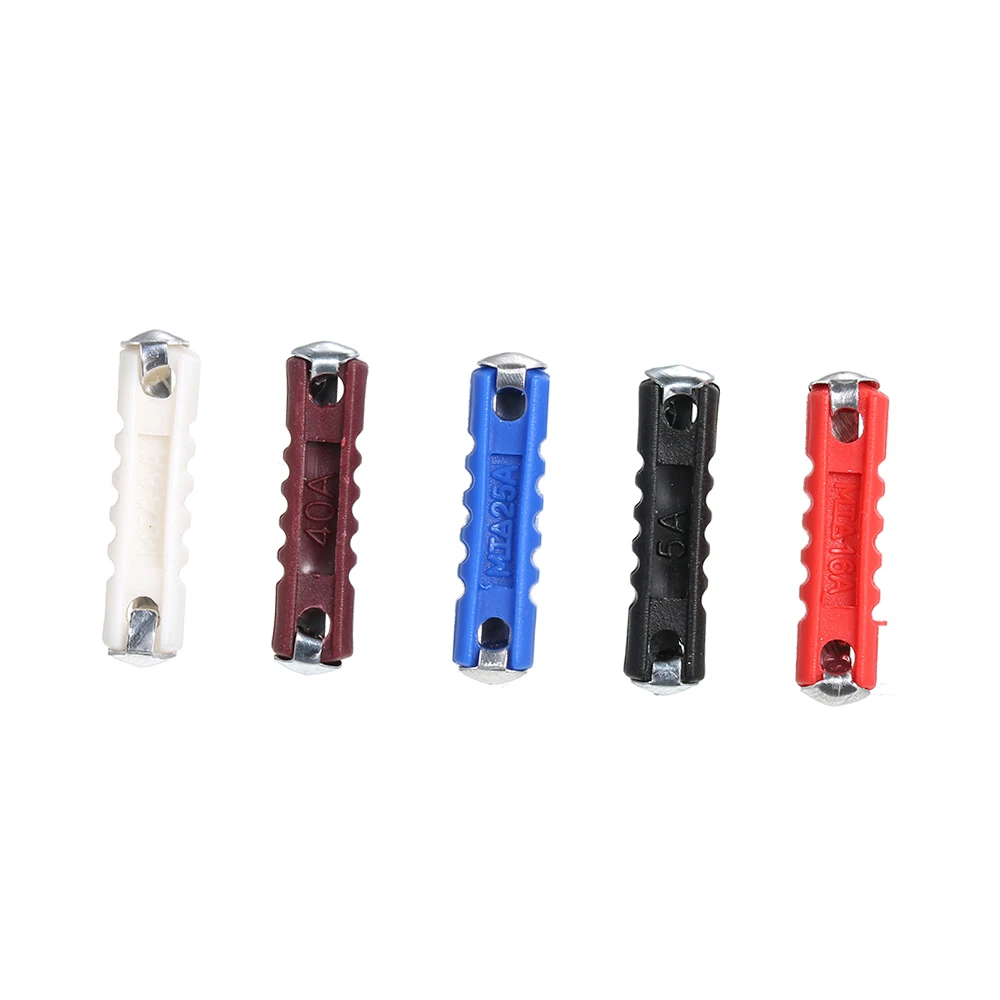A hammer drill is a versatile and powerful tool designed for heavy-duty tasks, particularly in construction and DIY projects. Its unique mechanism combines rotary drilling with a hammering action, making it perfect for drilling into hard materials like concrete, masonry, and stone. Whether you’re a professional contractor or a DIY enthusiast, understanding how to use a hammer drill effectively can save time and improve project outcomes. This guide explores everything you need to know about hammer drills, along with insights into related tools like geotextiles, often used in construction for ground stability.

What is a hammer drill, and how does it work?
A hammer drill is a power tool that combines rotational drilling with rapid hammering to penetrate tough surfaces. The hammering action is achieved through a piston mechanism that drives the drill bit forward while it rotates. This dual-action allows the tool to break through dense materials efficiently, making it essential for projects involving concrete or stone.
Key features of a hammer drill include:
- Adjustable speed settings
- A switch for hammer mode or standard drilling
- Compatibility with various drill bits
What are the common uses of a hammer drill?
Hammer drills are primarily used for:
- Concrete drilling: Ideal for creating holes in concrete for anchors or fasteners.
- Masonry work: Perfect for drilling into bricks and blocks during wall construction.
- Home improvement tasks: Such as installing shelves, hanging decorations, or securing fixtures.
- Foundation preparation: Often paired with geotextiles in construction projects to ensure a stable and durable base.
Geotextiles, a type of synthetic fabric, are used in tandem with hammer drills in some cases, such as anchoring retaining walls or drainage systems. The combination ensures enhanced structural integrity.
How do you choose the right hammer drill for your needs?
Selecting the right hammer drill depends on your project requirements. Here are some factors to consider:
- Power source: Choose between corded models for uninterrupted power or cordless models for mobility.
- Drill capacity: Check the maximum drilling diameter for concrete and masonry.
- Ergonomics: Opt for a lightweight model with comfortable grips for extended use.
- Additional features: Look for adjustable speed settings, reversible motors, and safety features.
What are some safety tips for using a hammer drill?
Using a hammer drill requires proper safety precautions to prevent injuries. Key tips include:
- Wear protective gear: Safety goggles, gloves, and ear protection are essential.
- Secure the material: Use clamps or supports to hold the material steady while drilling.
- Choose the right bit: Use drill bits specifically designed for concrete or masonry to avoid breakage.
- Inspect the drill: Regularly check for wear and tear on the tool and its components.
- Follow manufacturer guidelines: Adhere to the recommended operating procedures for your drill model.
A hammer drill is an indispensable tool for heavy-duty drilling tasks, combining power and precision to tackle tough materials. From concrete work to masonry, it plays a critical role in construction and home improvement projects. When paired with other construction tools like geotextiles, it contributes to enhanced structural stability and efficiency. By understanding its features, uses, and safety measures, you can maximize the potential of a hammer drill and achieve superior results in your projects.